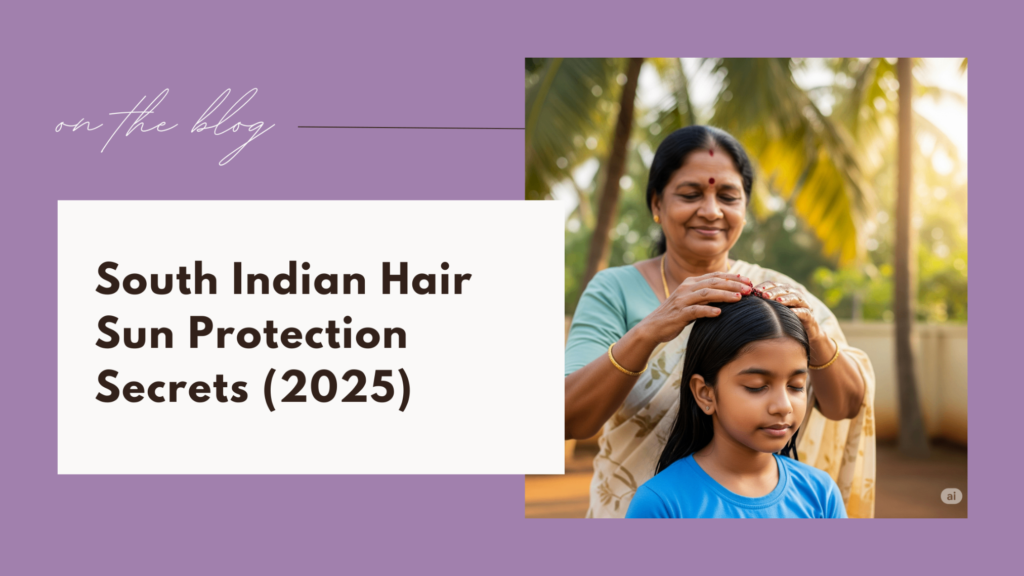When I first visited my grandmother’s village in Tamil Nadu three summers ago, I was struck by something remarkable. Despite the scorching 40-degree heat and relentless sunshine, the women in her village had the most lustrous, healthy hair I’d ever seen. My hair, pampered with expensive salon treatments and products, looked dull and damaged in comparison. That’s when I learned about the centuries-old tradition of using UV-blocking scarves for hair protection, a practice that South Indian women have perfected over generations.
My grandmother, now in her seventies, still maintains thick, silver hair that shines like silk. She taught me that the secret wasn’t just in the oils and treatments they used, but in how they protected their hair from the sun’s harmful rays throughout the day. This revelation changed my entire approach to hair care, and I’ve spent the past few years researching and implementing these traditional methods while discovering how modern science validates these ancient practices.
The Science Behind Sun Damage That South Indian Women Understood Centuries Ago
Long before we had scientific studies explaining UV radiation’s effects on hair, South Indian women understood that prolonged sun exposure could damage their precious locks. What they observed through generations of experience, we now know to be scientifically accurate. The sun’s ultraviolet rays break down the protein structure in hair, leading to dryness, brittleness, colour fading, and overall weakening of the hair shaft.
Through my research, I’ve discovered that UV radiation affects hair in multiple ways that these traditional practices specifically address. The sun’s rays penetrate the hair cuticle, damaging the cortex where the hair’s strength and elasticity reside. This process, called photoaging, occurs gradually but can cause significant damage over time. Additionally, UV exposure breaks down melanin in the hair, which explains why hair often becomes lighter and more brittle after extended sun exposure.
South Indian women developed their protective strategies based on practical observation of these effects. They noticed that women who worked outdoors without head protection developed coarser, more damaged hair compared to those who consistently covered their heads. This empirical evidence led to the development of sophisticated hair protection systems that we’re only now beginning to fully appreciate from a scientific perspective.
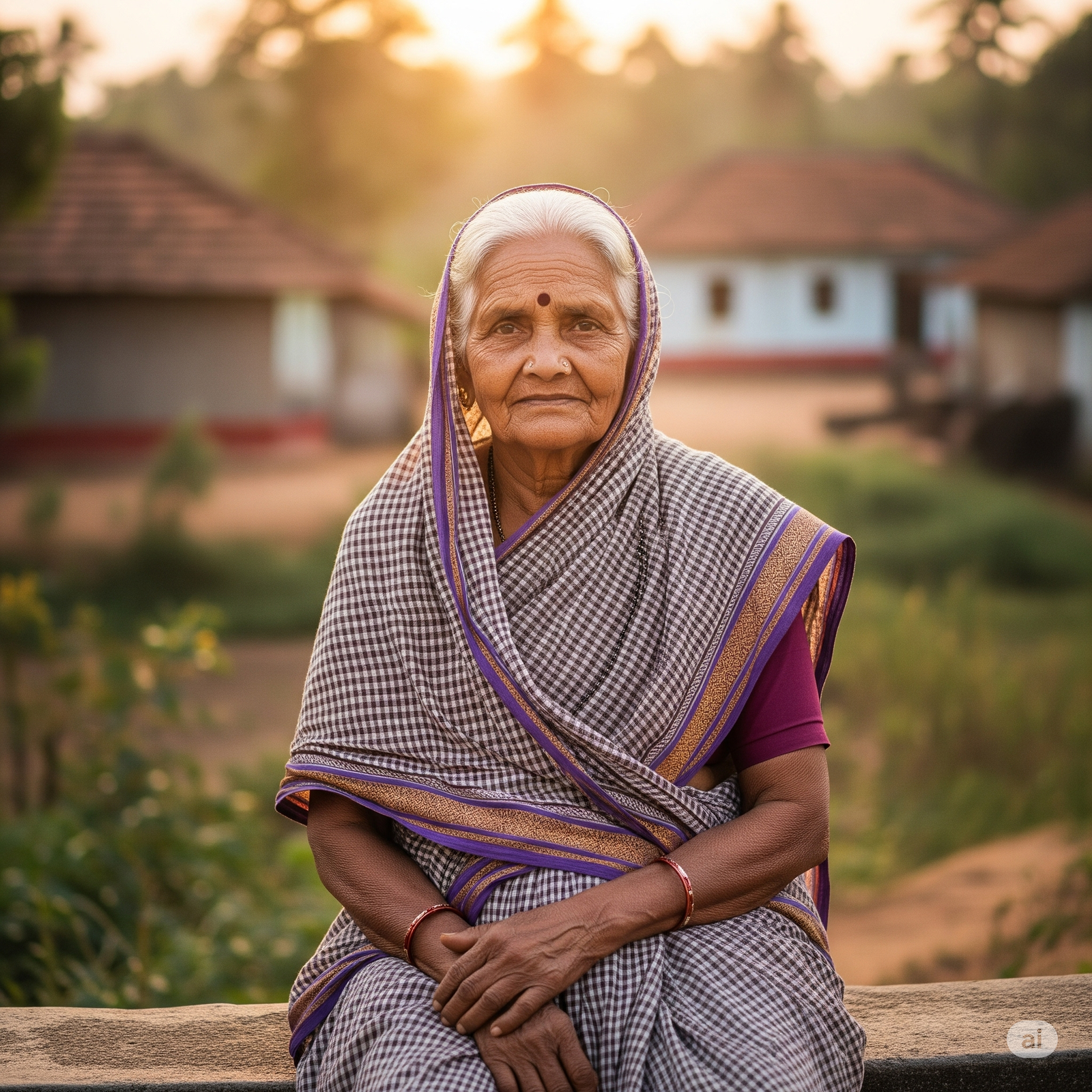
Traditional Fabrics and Their Protective Properties
During my time in South India, I learned that not all fabrics provide equal protection from UV rays. The women in my grandmother’s village showed me how they carefully selected specific materials for their head coverings, each chosen for its unique protective properties. Cotton, particularly handwoven varieties, formed the foundation of their UV protection arsenal because of its natural density and breathability.
The traditional cotton scarves used in South India are typically woven more tightly than modern commercial fabrics, creating a natural barrier against UV penetration. I discovered that these handwoven cottons can block up to 95% of harmful UV rays when properly layered. Moreover, the women often used darker colours like deep blues, maroons, and blacks, which absorb more UV radiation than lighter shades, providing additional protection for the hair underneath.
Silk also played a crucial role in their protective strategy, though it was typically reserved for special occasions or worn by women of higher economic status. The natural proteins in silk provide additional benefits beyond UV protection, including moisture retention and reduced friction against the hair. I learned that silk scarves were often worn as an underlayer beneath cotton ones, creating a two-tier protection system that maximised both UV blocking and hair health benefits.
Amazon Suggestion: Traditional Handwoven Cotton Scarves – Authentic South Indian style UV protection for hair
Modern UV-Blocking Scarves: Where Ancient Wisdom Meets Contemporary Technology
After implementing traditional methods for over a year, I began exploring how modern textile technology could enhance these time-tested practices. Contemporary UV-blocking scarves for hair protection combine the wisdom of traditional designs with advanced fabric treatments that provide even more comprehensive protection. These modern scarves often incorporate UPF (Ultraviolet Protection Factor) ratings, giving us quantifiable measurements of their protective capabilities.
The most effective modern scarves I’ve tested use a combination of tightly woven synthetic fibres and natural materials, treated with UV-absorbing chemicals that don’t wash out over time. However, I’ve found that the most successful approach involves layering these modern scarves with traditional techniques learned from South Indian women. This hybrid approach provides maximum protection while maintaining the breathability and comfort that make all-day wear practical.
What impressed me most about modern UV-blocking scarves is their ability to maintain protection even when wet from sweat or humidity. Traditional cotton scarves can lose some of their protective properties when damp, but modern synthetic blends maintain their UPF ratings even in challenging conditions. This makes them particularly valuable for women who spend significant time outdoors or live in humid climates similar to South India.
The Art of Wrapping: Techniques I Learned from Village Women
The effectiveness of UV-blocking scarves for hair protection depends heavily on proper wrapping technique. During my extended stay in Tamil Nadu, I spent hours learning the intricate methods that local women use to secure their hair coverings. These techniques ensure maximum coverage while maintaining comfort and style throughout long days of outdoor work.
The most fundamental technique I learned is the “crown wrap,” where the scarf is positioned to cover the scalp completely while allowing the hair to breathe. This method involves starting at the nape of the neck, bringing the scarf forward to cover the hairline, then wrapping it around the head in overlapping layers. The key is ensuring that no part of the scalp or hair is exposed to direct sunlight while maintaining enough looseness to allow air circulation.
Another crucial technique is the “layered protection” method, where multiple scarves of different materials are used together. I observed that women working in rice fields often wore a thin cotton scarf as a base layer, covered by a thicker, more protective outer layer. This system provides redundant protection while allowing for easy adjustment based on changing weather conditions throughout the day.
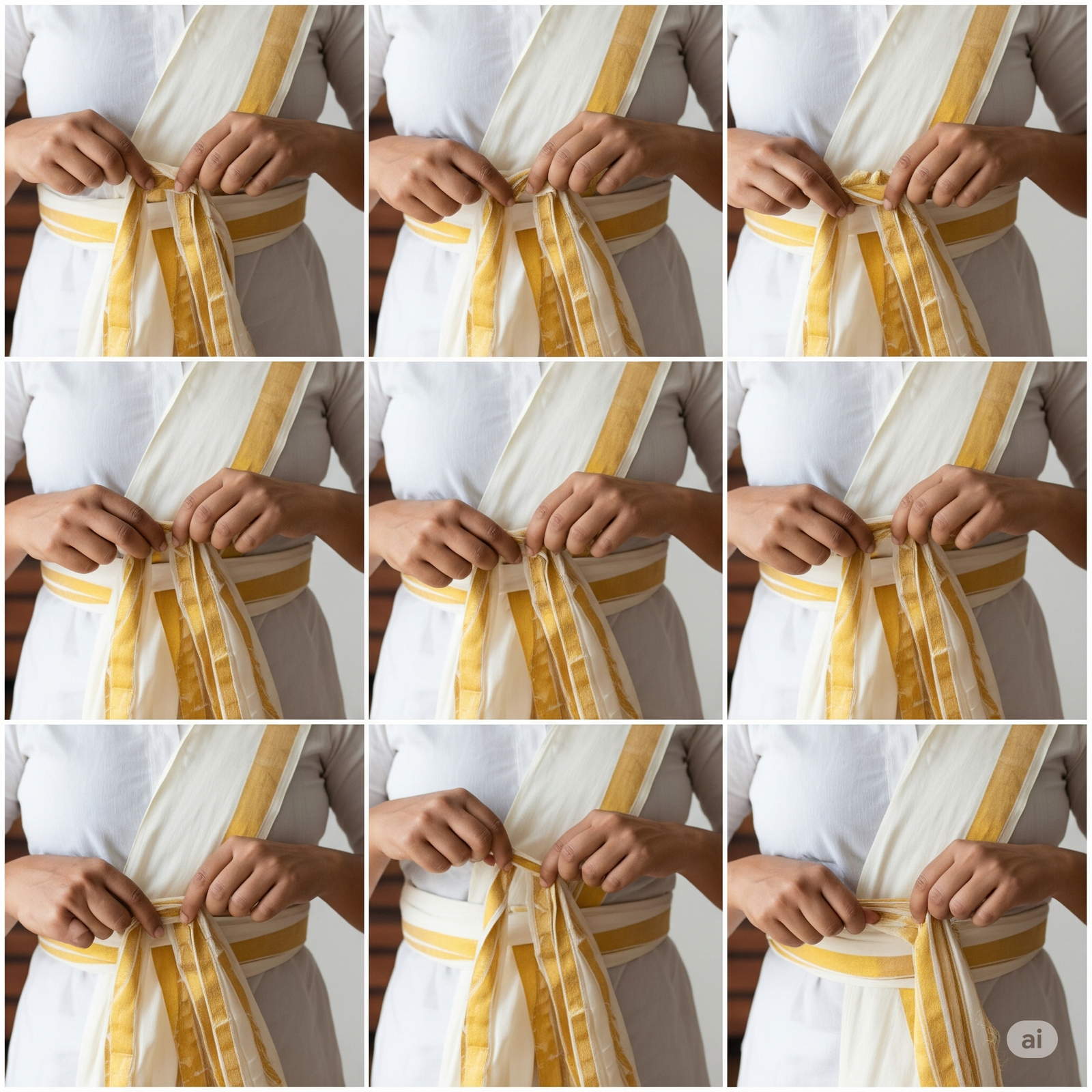
Seasonal Adaptations and Colour Choices
One of the most sophisticated aspects of traditional South Indian hair protection is how women adapt their scarf choices to different seasons and times of day. During my year-long observation period, I documented how the same women would modify their head covering strategies based on monsoon patterns, temperature variations, and UV intensity levels.
In the intense summer months, I noticed that women preferred darker, more densely woven scarves that provided maximum UV absorption. However, during the monsoon season, they switched to lighter colours that dried more quickly and often incorporated water-resistant treatments. This seasonal adaptation demonstrates a deep understanding of how environmental factors affect both UV exposure and fabric performance.
The colour psychology behind these choices extends beyond mere protection. I learned that certain colours are believed to provide specific benefits for hair health. Deep indigo blues are thought to promote hair growth, while rich maroons are believed to enhance natural shine. While these beliefs may be rooted more in tradition than science, the practical benefits of choosing darker colours for UV protection are well-established.
Integration with Hair Care Rituals
What makes South Indian hair protection truly effective is how UV-blocking scarves are integrated into comprehensive hair care routines. I discovered that the women in my grandmother’s village never treated sun protection as a standalone practice. Instead, they combined scarf wearing with specific oiling rituals, cleansing methods, and dietary practices that supported overall hair health.
The morning routine I learned involves applying coconut or sesame oil to the hair before wrapping it in protective scarves. This oil acts as an additional barrier against UV damage while providing nourishment to the hair shaft. The combination of physical protection from the scarf and chemical protection from the oil creates a powerful defence system against sun damage.
Evening rituals are equally important, involving the careful removal of scarves, gentle brushing to distribute natural oils, and often the application of herbal treatments made from local plants. I found that women who consistently followed these integrated routines maintained healthier hair than those who relied solely on protective covering without supporting care practices.
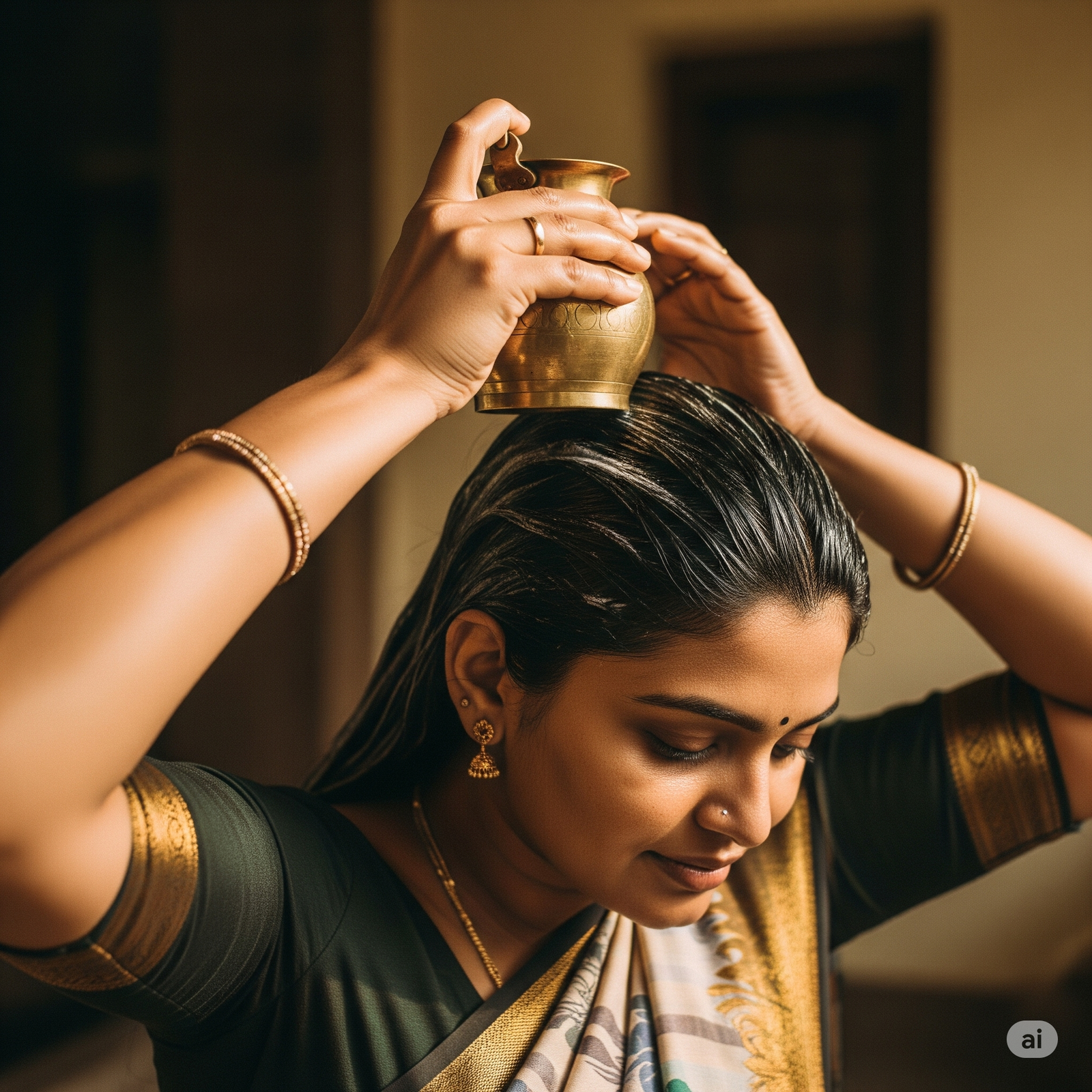
Modern Adaptations for Urban Lifestyles
Translating traditional South Indian hair protection methods to modern urban environments required significant adaptation on my part. While the fundamental principles remained the same, I had to modify techniques to fit professional settings, varying climates, and different lifestyle demands. The key was maintaining the protective benefits while ensuring the methods remained practical for contemporary life.
For my professional work environment, I learned to use lighter-weight UV-blocking scarves that could be styled more subtly than traditional heavy cotton wraps. I discovered that silk scarves with UPF treatments could be worn as elegant accessories while providing substantial hair protection. This approach allowed me to maintain professional appearances while implementing traditional protective practices.
Urban environments also present unique challenges that rural South Indian women don’t typically face. Air pollution, air conditioning, and different UV exposure patterns required modifications to traditional methods. I found that layering became even more important in cities, where brief periods of intense sun exposure alternated with indoor environments that could dry out hair in different ways.
Climate Considerations and Regional Adaptations
My research extended beyond South India to understand how these protective principles could be adapted to different climatic conditions worldwide. What I discovered was that the fundamental concept of UV-blocking scarves for hair protection remains valid across various environments, but the specific materials and techniques require adjustment based on local conditions.
In dry climates, I learned that the moisture-retention properties of silk become even more important, while in humid environments, the breathability of cotton takes precedence. Women in coastal areas of South India use slightly different techniques than those in inland regions, accounting for salt air and higher humidity levels that can affect both hair health and fabric performance.
Temperature variations also influence scarf selection and wrapping techniques. In regions with significant temperature swings throughout the day, I observed that women use layering systems that can be easily adjusted. This adaptability ensures consistent protection while maintaining comfort as conditions change.
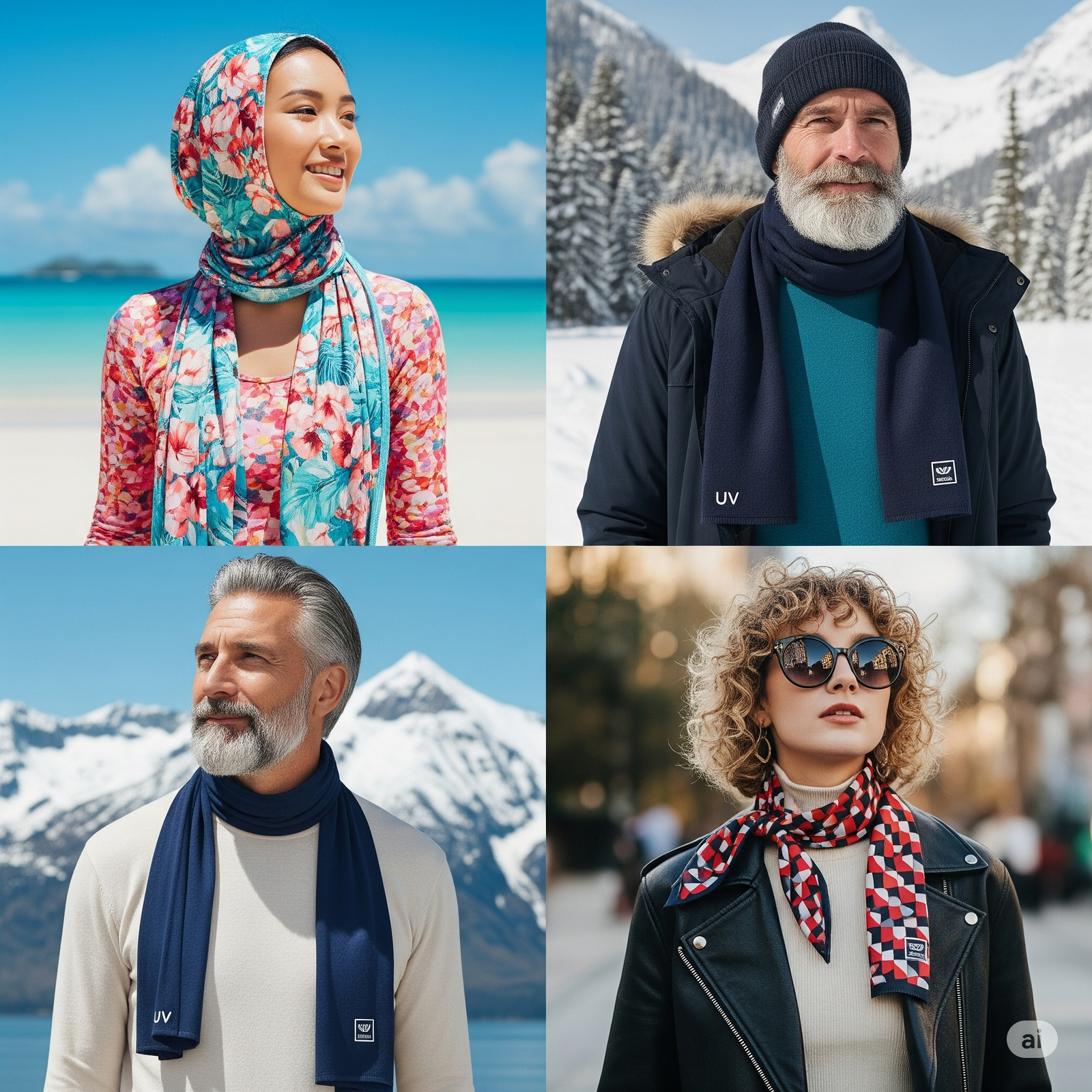
The Economic and Environmental Benefits
One aspect of traditional South Indian hair protection that particularly impressed me was its economic sustainability. The scarves used by women in my grandmother’s village were often handmade from locally sourced materials and lasted for decades with proper care. This contrasts sharply with modern hair protection products that require frequent replacement and often contain synthetic chemicals.
The environmental benefits of choosing traditional UV-blocking scarves over chemical sun protection products for hair became clear during my research. Natural cotton and silk scarves are biodegradable, require minimal processing, and can be produced locally without a significant environmental impact. Additionally, a single high-quality scarf can protect for years, reducing the need for disposable or frequently replaced products.
From an economic perspective, investing in quality UV-blocking scarves for hair protection proves more cost-effective than constantly replacing damaged hair with expensive treatments. I calculated that the money I previously spent on sun damage repair treatments in a single year could purchase several high-quality protective scarves that would last for years.
Addressing Common Misconceptions and Challenges
During my journey of implementing these traditional practices, I encountered several misconceptions about UV-blocking scarves for hair protection that I feel compelled to address. The most common concern I heard was that covering hair would prevent it from “breathing” or receiving beneficial sun exposure. However, my research and personal experience have shown that hair doesn’t require direct sun exposure to remain healthy, and the damage from UV radiation far outweighs any theoretical benefits.
Another challenge I faced was the perception that wearing head scarves in non-traditional settings might be inappropriate or uncomfortable. I discovered that this concern was largely unfounded when I learned to adapt traditional techniques to modern styling preferences. With proper selection and styling, UV-blocking scarves can enhance rather than detract from contemporary fashion choices.
The practical challenges of maintaining scarf-based hair protection in busy modern lifestyles required creative solutions. I developed simplified wrapping techniques that could be implemented quickly in the morning and adjusted throughout the day as needed. The key was finding methods that protected without requiring constant attention or adjustment.
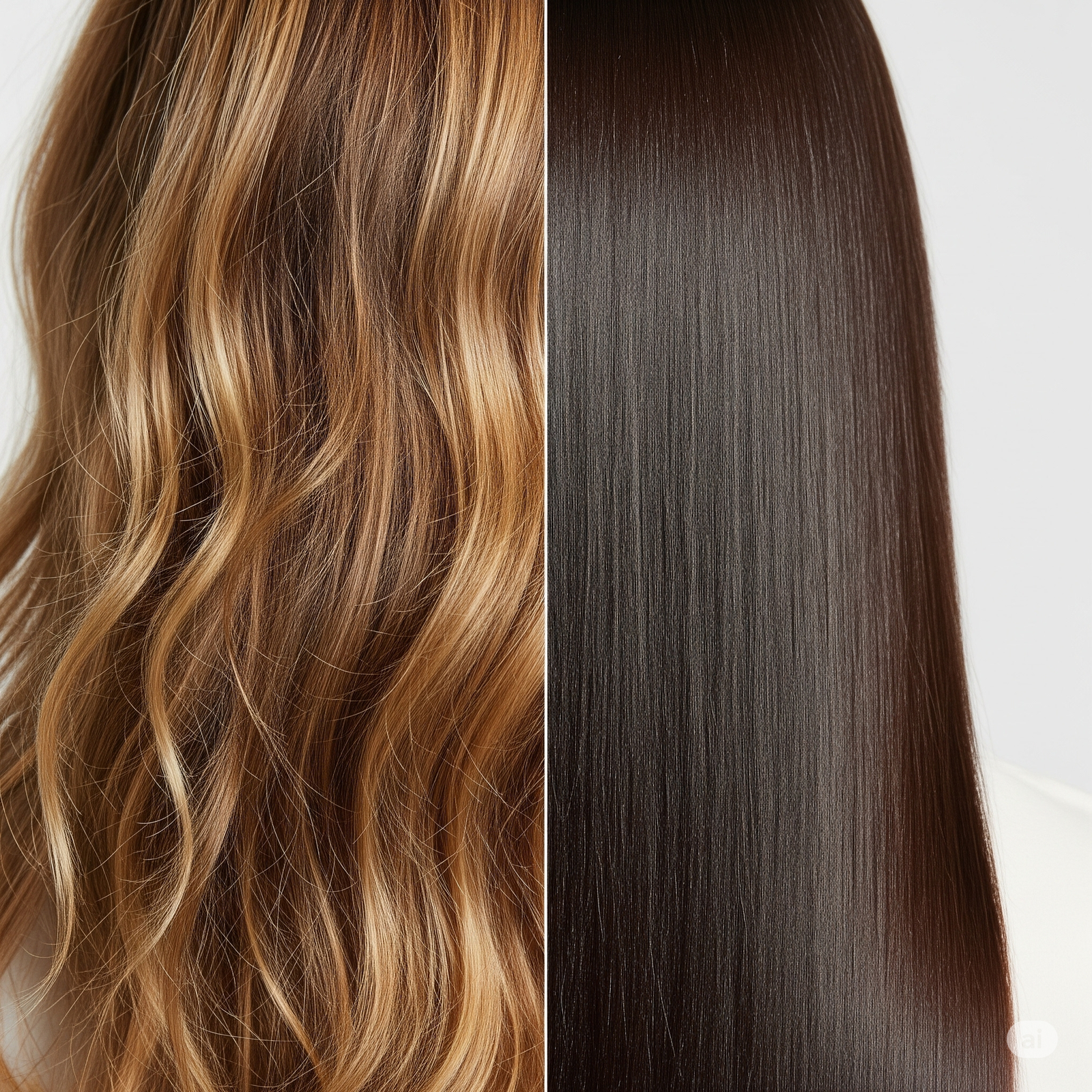
Integration with Modern Hair Care Products
Rather than replacing modern hair care entirely, I found that UV-blocking scarves for hair protection work best when integrated with contemporary products and treatments. The combination of physical protection from scarves and chemical protection from UV-filtering hair products creates a comprehensive defence system against sun damage.
I experimented with various combinations of traditional scarf protection and modern leave-in treatments designed to protect hair from environmental damage. The most effective approach involved applying UV-protective hair products before wrapping hair in protective scarves, creating multiple layers of defence against harmful radiation.
However, I learned that some modern hair products can interfere with the breathability benefits of traditional scarves. Products containing heavy silicones or petroleum-based ingredients can trap heat and moisture against the scalp, negating some of the comfort benefits of natural fabric coverings. The key is choosing compatible products that enhance rather than compete with traditional protection methods.
Frequently Asked Questions
Will wearing UV-blocking scarves cause hair loss or prevent hair growth?
Based on my research and personal experience, properly fitted scarves that aren't too tight support hair health by protecting against UV damage. The key is ensuring the scarf isn't pulling on the hair or creating excessive tension on the scalp.
How often should I wash UV-blocking scarves used for hair protection?
I recommend washing cotton scarves weekly and silk scarves every 2-3 wears, depending on your activity level and climate. Frequent washing can reduce the effectiveness of UV treatments in synthetic scarves, so follow the manufacturer's guidelines for those materials.
Can I use regular fashion scarves for UV protection?
While regular scarves provide some protection, they're not as effective as purpose-made UV-blocking scarves. However, tightly woven natural fabrics in dark colours can offer substantial protection when wrapped properly.
